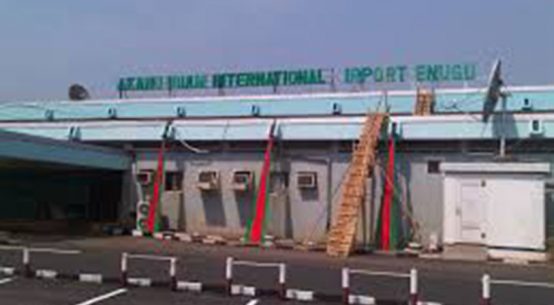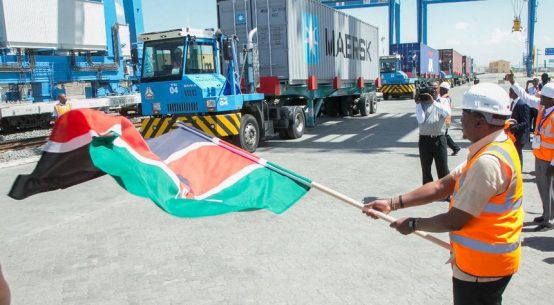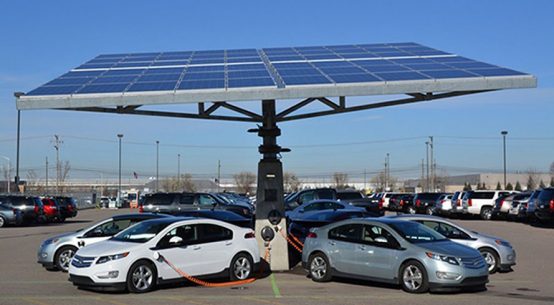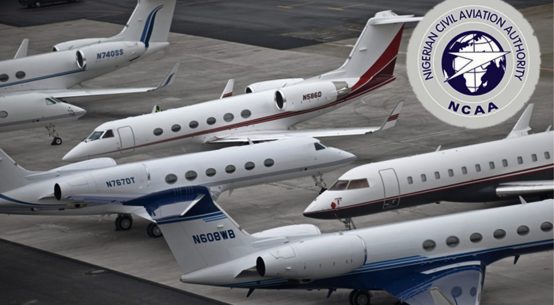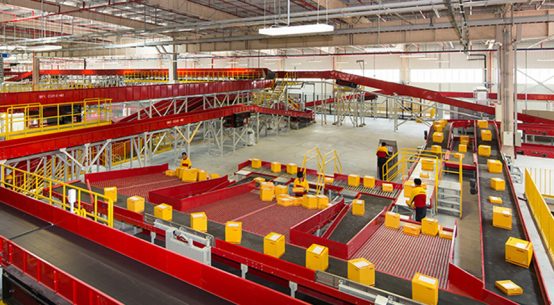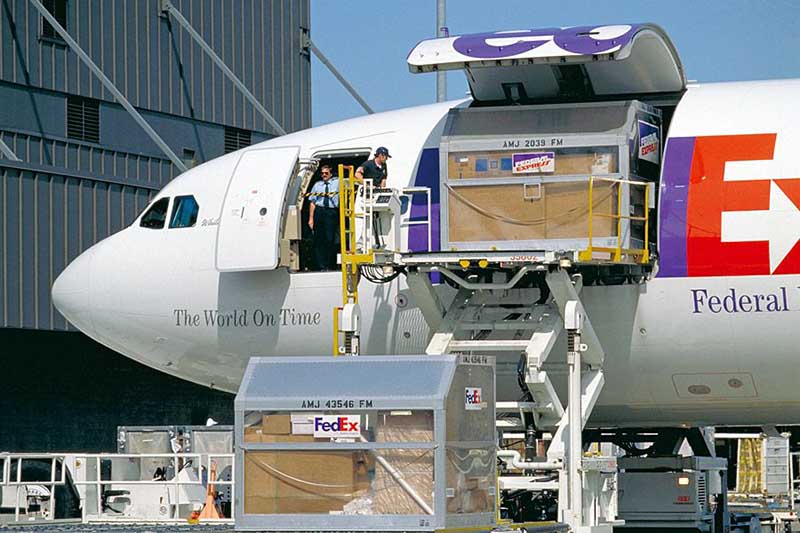
Companies are shipping more items by plane to meet customers’ rising expectations for fast delivery, prompting a scramble for cargo space that has sent airfreight rates soaring and pushed Amazon into the airline business.
Global airfreight traffic climbed almost 9% year-over-year in November, the start of the peak shipping season, and rates for airfreight were up 17% annually for the month, the biggest price increase since the aftermath of the financial crisis, according to cargo data provider WorldACD.
The cause is twofold: As online shoppers come to expect faster home delivery of everything from smartphones to paper towels, passenger jets and dedicated cargo planes are picking up more kinds of cargo traditionally carried by container ships, trains and trucks. At the same time, strong global economic growth also is spurring demand for goods long ferried by air, such as automotive and manufacturing parts.

Those factors are creating some of the stiffest competition for air-cargo space in years. To meet the rising demand, Amazon is starting its own airline and some air-cargo operators are searching for older, idle jets to convert into freighters.
“You’re literally begging and pleading to get on airplanes, leveraging any contact you can,” said Neel Jones Shah, global head of airfreight for Flexport Inc., a San Francisco-based firm that helps customers arrange freight shipments online.

Some analysts caution the pace of growth may slow in 2018 when year-over-year comparisons will be tougher given the market improvements over the past year.
Still, growth “will be probably in the 4% to 5% range, because the outlook for industrial activity and trade in 2018 is pretty strong,” said Tom Crabtree, regional director of airline market analysis for Boeing Co.’s commercial airplanes unit.
Demand for new smartphones from Apple Inc. and Samsung Electronics Co. last year pushed up airfreight costs. Elevated semiconductor shipments, an airfreight mainstay, also have been gobbling up cargo space. And increasingly, manufacturers are loading toys, clothing and other products onto planes to meet shorter delivery windows and leaner retail inventories.
Shoppers accustomed to getting e-commerce orders in two days or less are adding to the pile at airport cargo terminals with items such as dog food and spaghetti sauce. “We’re shipping more and more of what you might consider to be everyday basics,” said Jim Mayer, a spokesman for the airline unit of United Parcel Service Inc.
To avoid the bottlenecks surging air-cargo traffic is creating at major hubs such as New York and Atlanta, some companies that arrange shipments for clients such as retailers are routing cargo through airports in cities like Detroit or Charlotte, N.C.
Air-cargo executives expect the crush to increase their industry’s share of global shipments beyond its current level of about 2%. Already, air cargo represents about one-third of global goods shipments by value, because pricier, time-sensitive items such as fresh flowers and consumer electronics tend to be sent by air.
“We expect more profitable growth in 2018 and beyond as airfreight claims a bigger share of overall cargo volume to achieve ever faster e-commerce deliveries,” said Joe Hete, chief executive of air-cargo specialist Air Transport Services Group Inc., or ATSG, which flies cargo for DHL Express and Amazon.com Inc.
Amazon is building its own airline operation to augment shipments it makes through DHL, UPS and FedEx Corp.
Amazon contracted ATSG in 2015 to make trial flights of shipments to airports close to its giant fulfillment centers. Atlas Air Worldwide Holdings Inc., one of the world’s largest air-cargo operators, has since joined as an additional partner, and by the end of 2018, the two airlines plan to have converted 40 used Boeing 767-300 jets to freighters to fly under Amazon’s Prime Air banner in the U.S.

Executives at Flexport, a San Francisco-based firm that helps customers arrange freight shipments online, say finding space on planes is getting harder. Photo: Bloomberg
Amazon’s partners have scoured the market for used passenger aircraft to convert to cargo use to keep up with Prime Air’s rapid growth. Last year, ATSG acquired three Boeing 767 jets that had been retired and parked in the Arizona desert by American Airlines Group Inc. Older planes are routinely parked in such desert lots, where dry conditions prevent corrosion. Often they end up broken apart for spare parts.
“Atlas and ATSG are taking planes far older than anyone anticipated,” said Steve Rimmer, chief executive of Altavair LLC, a Seattle-based aircraft leasing company that wasn’t involved in deals for the Amazon jets. He said relying on jets built in the early 1990s could require more maintenance and become problematic for a company like Amazon that stakes its reputation on reliable deliveries.
ATSG’s Mr. Hete said on a recent earnings call that the lower cost of the used jets was a major benefit. “The converted freighter pretty much does the same thing as a brand new one at basically a third of the cost,” he said. ATSG said some logistics companies that haven’t previously hired its jets also are looking to help establish mini-networks serving a particular industrial sector.
Randy Tinseth, Boeing’s marketing chief, said he expected airlines to start ordering more new jets in around 2022 when many existing planes hit 20 years of age.
Amazon has used its current fleet of about 30 jets primarily for its fastest Prime delivery service, according to a person familiar with its operations. The dedicated fleet has allowed it to extend the window for guaranteed two-day delivery from 6 p.m. on the East Coast to as late as 11 p.m. The company also is evaluating a new design for the air-cargo containers used on Boeing 767s to reduce wasted space and loading times, the person said. Amazon declined to comment.
The e-commerce giant also plans to build its own cargo hub at Cincinnati/Northern Kentucky Airport, with the first phase running by 2020 ahead of an expansion that would make it capable of handling 100 jets.
The air-cargo surge was apparent during a recent night shift at DHL Express’s Americas hub there. Thousands of packages whipped through on conveyor belts like a scene from a multilevel video game. Forklifts zoomed past loaded with pallets of bulky items like industrial machinery, while workers packed round-topped shipping containers bound for cargo jets on the tarmac. On Dec. 20, the busiest night of this holiday season, volume was up 11% compared with the previous year.
DHL, a unit of Deutsche Post AG, recently added 16 gates at the airport and expects volumes there to have surged as much as 26% annually during the 2017 holiday season, when U.S. shoppers were forecast to have spent more than $100 billion online.
With reports from WSJ



